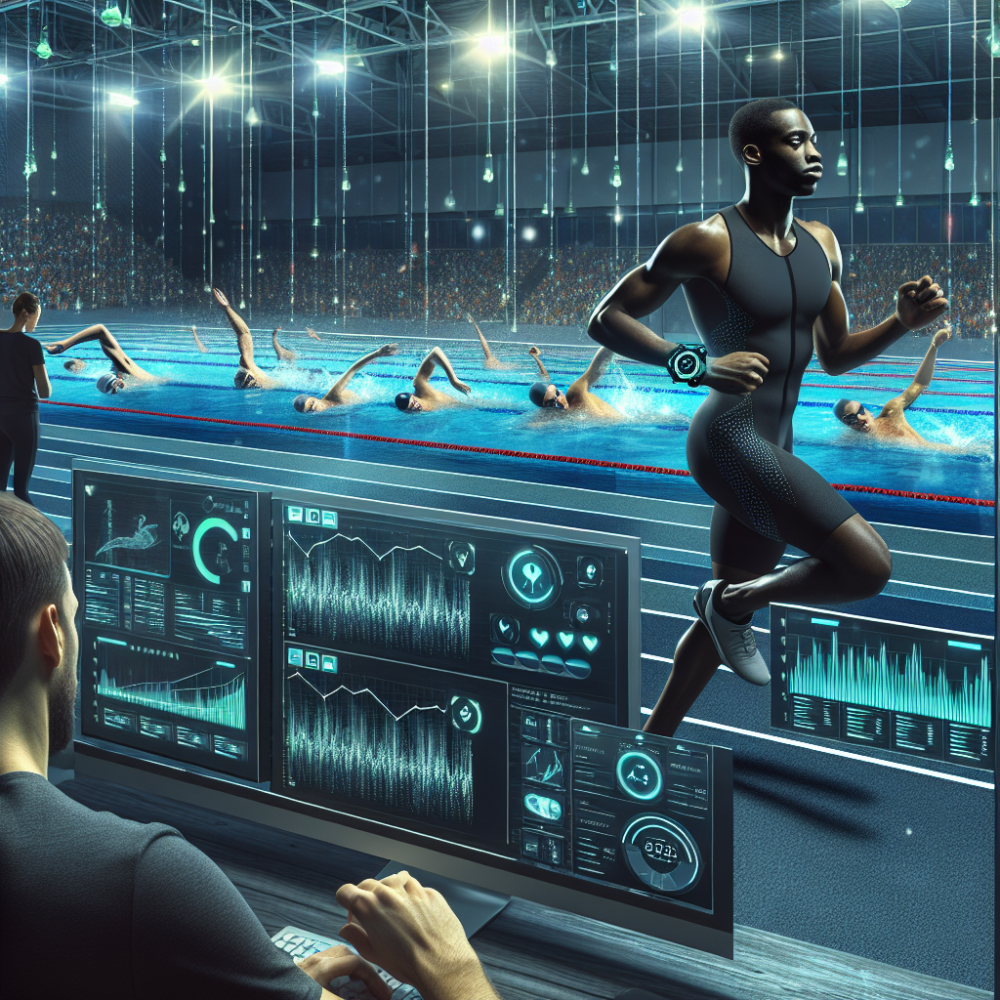In the realm of sports, precision and efficiency in training are not just goals; they are imperatives that distinguish champions from the rest. As technology evolves, its integration into athlete training regimes has revolutionized how coaches and athletes approach physical and mental conditioning. This evolution is marked by a shift from traditional, sometimes subjective methods to data-driven, scientific approaches that enhance performance with startling effectiveness.
Integration of Wearable Technology
One of the most significant advances in training technology is the use of wearable devices. These gadgets are equipped with sensors that provide real-time data on an athlete's physiological and biomechanical metrics. Devices such as heart rate monitors, GPS trackers, and accelerometers are now common in sports ranging from football to swimming. They allow coaches to monitor athletes’ exertion levels, track their movements, measure their heart rates, and analyze their breathing patterns. This data is invaluable for designing personalized training programs that optimize performance while minimizing the risk of injury.
The Role of Virtual Reality (VR) and Augmented Reality (AR)
Virtual and augmented reality technologies are not just for gaming; they have found a profound use in athlete training. VR allows athletes to immerse themselves in a simulated environment where they can practice without the physical wear and tear associated with real-world training. For example, skiers can navigate virtual slopes, and boxers can face off against virtual opponents, providing extensive practice opportunities without the risk of injury. AR adds a layer of digital information to the physical world, helping athletes and coaches analyze technique and strategy in real time. For instance, AR can be used to overlay the trajectory of a basketball shot or the optimal path in a racing scenario, providing immediate feedback that can be used to adjust techniques on the spot.
High-Speed Cameras and Motion Capture Systems
High-speed cameras and motion capture technology have also transformed sports training. These tools allow for the detailed analysis of an athlete's movement and technique at a granular level previously impossible. Coaches and biomechanical experts can slow down footage to pinpoint inefficiencies or errors in technique that could lead to potential injuries or performance declines. This technology is particularly useful in sports like gymnastics and diving, where precision is crucial.
Data Analytics and Machine Learning
The rise of big data has permeated the sports industry, enabling more sophisticated analysis of performance data. Machine learning algorithms can sift through vast amounts of data to find patterns and predictions that human analysts might miss. This capability is crucial during both training and competitive events, offering insights that can lead to improved strategies and outcomes. For example, data analytics can predict when a player is at risk of injury due to fatigue, allowing coaches to make informed decisions about when to rest an athlete.
Nutrition and Biometrics
Technological advances have also impacted the nutritional aspects of athlete training. Biometric technologies can monitor an athlete's metabolism and digestive system to optimize their diet. Wearable glucose monitors, for instance, provide instantaneous feedback on an athlete's blood sugar levels, informing their dietary choices and timing. Such tailored nutrition plans boost energy levels, enhance recovery, and can significantly impact performance.
Ethical Considerations and Future Prospects
While the benefits of these technologies are immense, they also bring about ethical considerations such as privacy concerns and the potential for unequal access between athletes from different socioeconomic backgrounds. Moreover, the reliance on technology should not overshadow the fundamental aspects of sports—passion, dedication, and human talent.
As we look to the future, the trajectory of technological integration in sports training suggests even greater personalization and precision. Innovations such as AI-driven biometric analysis and genetic profiling stand to redefine what is possible, pushing the boundaries of human performance to unprecedented levels.
In conclusion, the landscape of athlete training is undergoing a remarkable transformation thanks to technological innovations. These tools not only enhance training precision but also provide athletes with an unparalleled ability to understand and optimize their performance. As this trend continues, the future of sports training looks not only high-tech but also high-touch, with a deep focus on personalization and holistic development. The integration of technology in sports is not just refining athlete training regimes; it is redefining them.




